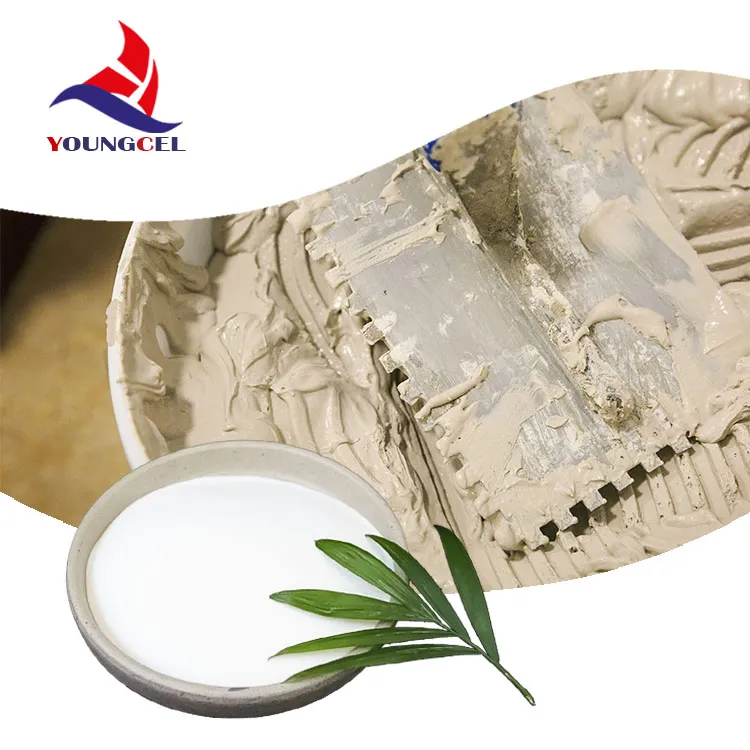The Versatility of Cellulose Polymer Nature's Gift to Modern Science
Cellulose, a complex carbohydrate and the primary component of plant cell walls, has been a cornerstone of life on Earth and an essential material in various industries. As a natural polymer, cellulose is composed of long chains of glucose molecules, and its unique structural properties have made it a vital resource in numerous applications ranging from textiles to biotechnology. This article delves into the properties, benefits, and applications of cellulose polymer, highlighting its importance in modern science and technology.
Understanding Cellulose
Cellulose is the most abundant organic polymer on Earth, found in the cell walls of green plants, algae, and some fungi. Its molecular structure consists of β-D-glucose units linked together by glycosidic bonds, forming long, linear chains that can hydrogen bond to each other, contributing to the rigidity and strength of plant cells. This structural integrity makes cellulose an excellent candidate for various industrial applications.
One of the most significant characteristics of cellulose is its biodegradability, which is a direct result of its natural origin. Unlike synthetic polymers, cellulose does not persist in the environment and can be broken down by natural processes, making it an environmentally friendly alternative in many applications.
Properties of Cellulose Polymer
Cellulose possesses several attributes that render it suitable for a wide range of uses. Firstly, it is insoluble in water and organic solvents, providing structural stability for various applications. Its high tensile strength and durability make it an ideal reinforced material. Furthermore, cellulose has excellent biocompatibility, making it suitable for medical applications, such as drug delivery systems, wound dressings, and tissue engineering scaffolds.
Additionally, cellulose can be chemically modified to enhance its properties. For instance, derivatives such as carboxymethyl cellulose (CMC) and cellulose acetate are widely used in food, pharmaceuticals, and coatings, offering functionalities such as thickening, stabilizing, and film-forming.
cellulose polymer

Applications of Cellulose Polymer
1. Textiles and Fibers One of the most well-known applications of cellulose is in the textile industry. Cellulosic fibers, such as cotton, linen, and rayon, are derived from cellulose and are prized for their comfort, breathability, and versatility. These materials are not only soft and absorbent but also biodegradable, making them an excellent choice for sustainable fashion.
2. Food Industry Cellulose is widely employed as a food additive, primarily serving as a thickener, stabilizer, or emulsifier. Modified celluloses, like CMC, are used in ice creams, sauces, and baked goods to improve texture and prevent separation. The use of cellulose in food products enhances quality while maintaining compliance with food safety regulations.
3. Pharmaceuticals and Biomedicine In the pharmaceutical sector, cellulose derivatives play crucial roles in drug formulation and delivery. They act as excipients, improving solubility and stability of active ingredients. Moreover, cellulose-based materials are being researched for use in wound dressings and regenerative medicine due to their biocompatibility and ability to promote cell growth.
4. Packaging The demand for sustainable packaging solutions has skyrocketed in recent years, spurred by growing environmental concerns. Cellulose-based materials are increasingly being used to produce biodegradable films and containers that can reduce plastic waste. These materials provide adequate protection for goods while being environmentally friendly.
5. Nanotechnology Recent advancements in nanotechnology have opened new avenues for cellulose applications. Cellulose nanofibers and nanocrystals exhibit remarkable mechanical, thermal, and optical properties. Their potential uses span from reinforcing materials in construction to being key components in high-performance composites and electronic devices.
Conclusion
The importance of cellulose polymer in modern science cannot be overstated. As a sustainable, biodegradable, and versatile material, cellulose serves as a bridge between nature and technology. Its widespread applications across various industries reflect a growing recognition of the need for environmentally friendly materials in a world grappling with pollution and resource depletion. Continued research and innovation in the field of cellulose polymers will undoubtedly pave the way for new applications and contribute to a more sustainable future. As we move forward, embracing the potential of cellulose will be essential in our quest for greener and more sustainable solutions.




